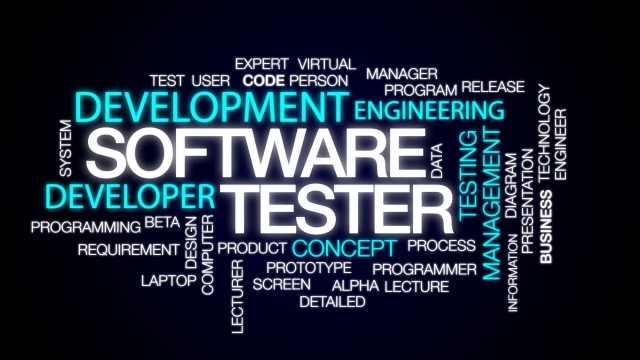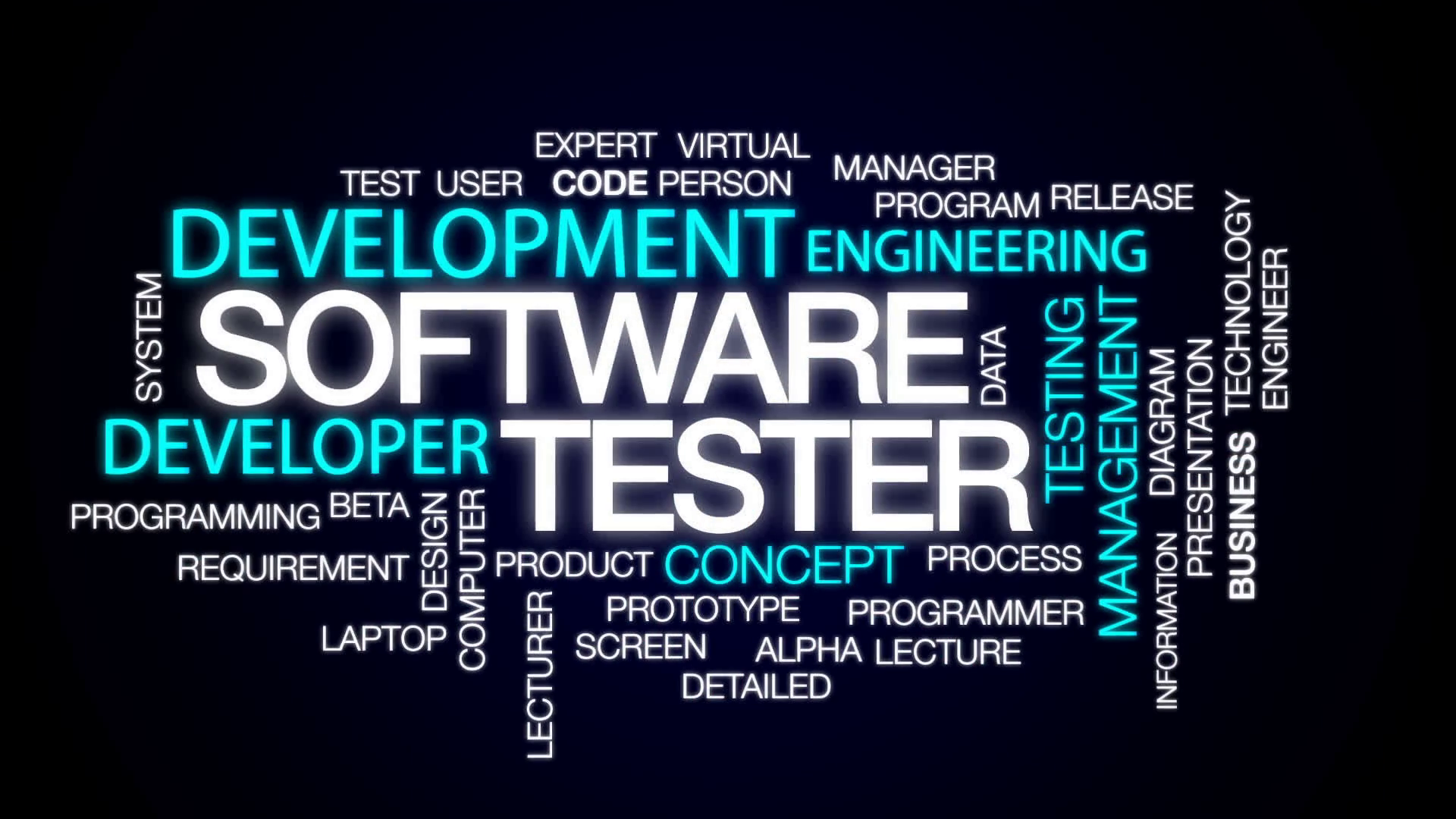
Streamlining HR Operations: Unleashing the Power of Human Resource Management Software

In today’s fast-paced business world, efficient management of human resources is crucial for the success of small and medium-sized enterprises (SMEs). However, traditional HR processes can be time-consuming, labor-intensive, and prone to errors. This is where Human Resource Management Software (HRMS) comes into play, providing a cutting-edge solution to streamline HR operations, optimize workforce management, and revolutionize the way SMEs handle their human resources.
One such innovative HRMS platform is AI HRMS, crafted to address the specific needs of SMEs. By incorporating the power of artificial intelligence, AI HRMS offers a comprehensive suite of tools and features that automate various HR tasks, simplify processes, and enhance decision-making. From recruitment and onboarding to time and attendance tracking, payroll management, and performance evaluation, AI HRMS empowers businesses to harness the potential of technology for driving efficiency, productivity, and employee engagement.
With the integration of HRMS, SMEs can bid farewell to tedious paperwork, manual data entry, and cumbersome spreadsheets. By centralizing HR information and automating routine tasks, AI HRMS frees up valuable time for HR professionals to focus on strategic initiatives, talent development, and fostering a positive work culture. Moreover, the sophisticated analytics and reporting capabilities of AI HRMS enable organizations to gain valuable insights into workforce trends, identify areas for improvement, and make data-driven decisions to propel business growth.
In the following sections, we will explore the key features and benefits of Human Resource Management Software, delving deeper into how it empowers SMEs to streamline their HR operations and unlock the full potential of their human resources. Whether you are a business owner or an HR professional, join us on this transformative journey as we uncover the secrets to leveraging HRMS for sustainable growth and success.
Benefits of HRMS for SMEs
Efficiently managing human resources is crucial for the success of any organization, regardless of its size. For small and medium-sized enterprises (SMEs), this can be an especially challenging task, as they often have limited resources and a smaller workforce. However, with the advent of Human Resource Management Software (HRMS), SMEs can now streamline their HR operations and unleash the true power of their human capital.
Improved Time and Cost Efficiency: HRMS automates time-consuming administrative tasks such as payroll processing, leave management, and employee data management. By eliminating manual paperwork and reducing the need for multiple HR personnel, SMEs can significantly save on time and costs. This newfound efficiency allows HR teams to focus on more strategic functions like talent acquisition, training, and performance management.
Accurate and Centralized HR Data: One of the key benefits of HRMS for SMEs is the ability to store all HR-related data in a centralized and secure system. This ensures data integrity and eliminates the risk of information loss. With real-time access to employee records, companies can easily manage employee profiles, track performance, and generate comprehensive reports. The availability of accurate data enhances decision-making, empowers HR teams to make informed choices, and encourages proactive HR strategies.
Start NowEnhanced Employee Self-Service: HRMS software often includes an employee self-service portal that enables employees to access their personal information, update their profiles, and request time off effortlessly. This self-service feature not only ensures data accuracy but also promotes employee empowerment and engagement. With easy access to important HR-related information, employees can take charge of their own needs, reducing the HR team’s workload and improving overall employee satisfaction.
Implementing a cutting-edge HRMS like AI HRMS can bring immense benefits to SMEs. By optimizing HR processes, reducing manual efforts, and providing accurate data access, HRMS helps SMEs focus their resources on strategic HR initiatives that drive growth and create a thriving work environment. The power of HRMS lies in its ability to streamline operations, unleash employee potential, and propel SMEs towards sustained success.
Key Features of AI HRMS
- Simple and Intuitive Interface
AI HRMS offers a simple and intuitive interface that ensures a seamless user experience. With its user-friendly design, navigating through the platform becomes effortless, even for non-technical users. The clean layout and well-organized features allow HR professionals to easily access and manage employee information, performance evaluations, leave requests, and more.
- Automated Employee Onboarding
Streamlining the employee onboarding process is made easy with AI HRMS. The software helps automate the recruitment and hiring process, reducing manual paperwork and eliminating the chances of errors. From generating offer letters and employment agreements to setting up new employee profiles, AI HRMS accelerates the onboarding process, ensuring that new hires feel welcomed and integrated into the company swiftly.
- Advanced Analytics and Insights
AI HRMS enables companies to gain valuable insights into their human resources data. The software provides comprehensive analytics reports on various aspects such as employee performance, attendance, and training. By leveraging these insights, HR professionals can make data-driven decisions related to workforce planning, skill development, and overall performance management. The advanced analytics capabilities of AI HRMS help businesses optimize their HR processes and maximize the potential of their employees.
Implementing HRMS: Best Practices
Implementing Human Resource Management Software (HRMS) is a crucial step towards optimizing HR operations in small and medium-sized enterprises (SMEs). By following best practices, organizations can ensure a smooth and successful transition to this cutting-edge technology.
Assess your organization’s needs: Before implementing an HRMS, it is essential to evaluate your organization’s requirements. Identify the pain points and challenges faced by your HR department, such as time-consuming administrative tasks or difficulties in tracking employee data. Understanding these needs will help you select an HRMS that aligns with your organization’s specific requirements.
Plan for change management: Implementing new software involves a significant shift in processes and workflows. To minimize resistance to change, develop a comprehensive change management plan. Ensure that key stakeholders are involved from the beginning and communicate the benefits of the new HRMS to employees. Provide adequate training and support to help employees adapt to the new system smoothly.
Integrate HRMS with existing systems: To maximize the efficiency of your HR operations, it is crucial to integrate the HRMS with other existing systems such as payroll, time and attendance, or performance management systems. Seamless integration will enable data sharing, eliminate duplicate data entry, and streamline processes across different departments.
Overall, implementing an HRMS requires careful planning, effective change management, and seamless integration. By following these best practices, organizations can unleash the power of Human Resource Management Software and revolutionize their HR operations for better efficiency and productivity.

